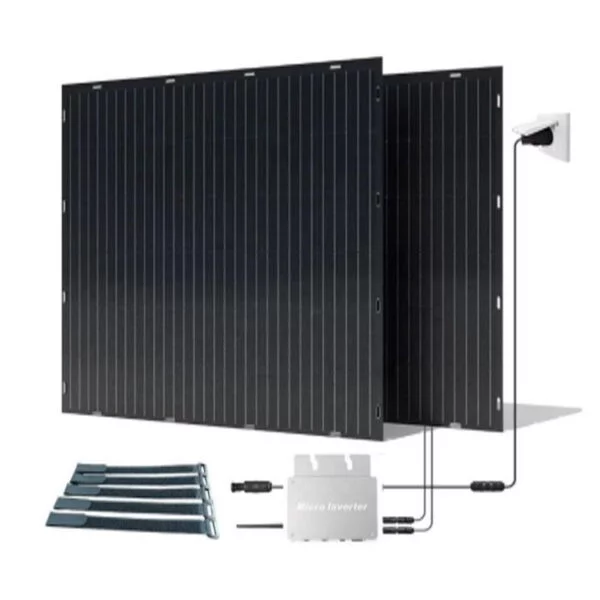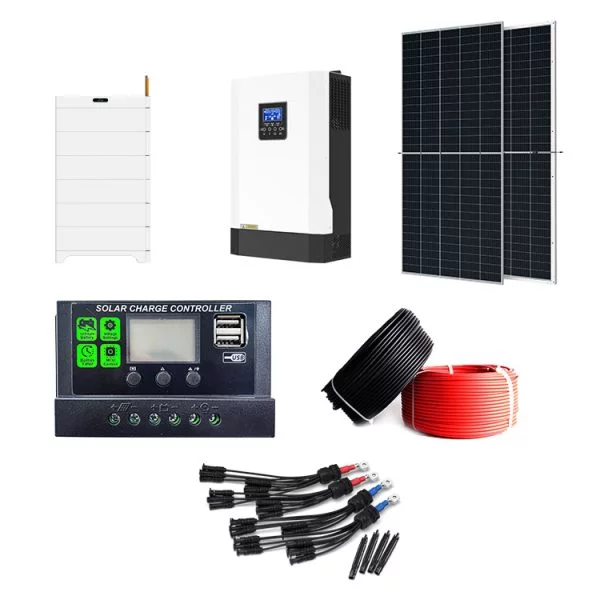HOT PRODUCT
Product Details
Maximizing Solar Efficiency: Tips For Getting The Most Out Of 240w Flexible Panels
Maximizing Solar Efficiency: Tips for Getting the Most Out of 240W Flexible Panels
Solar energy is rapidly becoming a popular source of renewable energy. With advancements in technology, solar panels have become more efficient, affordable, and versatile. Among the different types available, 240W flexible panels have gained significant attention due to their ease of installation and flexible design. To ensure you make the most of your solar investment, here are some tips for maximizing the efficiency of your 240W flexible panels.

1. Optimal Placement and Positioning: Choosing the right location for your solar panels is crucial for maximum efficiency. Place them in an area where they receive maximum sunlight exposure throughout the day, such as rooftops or open spaces free from shading. The ideal tilt angle for solar panels depends on your latitude. For fixed installations, this angle is typically equal to the latitude of your location. However, with flexible panels, you can adjust the tilt angle according to the sun’s path, optimizing their efficiency.
2. Regular Cleaning and Maintenance: Keep your solar panels clean and free from any debris or dust that might obstruct the sunlight reaching the cells. Regularly inspect your panels for any signs of shading, scratches, or damage. Cleaning them with water and a soft cloth can help maintain their efficiency. For optimum performance, consider scheduling professional maintenance at least once a year.

3. Efficient Energy Consumption: Make sure that the electricity generated by your solar panels is used efficiently. Consider investing in energy-efficient appliances and LED lighting to reduce your overall energy consumption. Implement smart home systems that can monitor your energy usage and automate certain processes to optimize energy efficiency.


4. Battery Storage: Incorporating a battery storage system with your 240W flexible panels allows you to store excess energy for use during times of low sunlight or at night. By utilizing a battery system, you can maximize self-consumption and further reduce your reliance on the grid. Additionally, having a backup power source can be useful during power outages.
5. Monitoring and Tracking: Install a monitoring system to keep track of your solar panel’s performance. This will give you real-time data on energy production, allowing you to identify any issues or irregularities promptly. Monitor the performance of individual panels, so you can detect and address any potential problems like shading or faulty connections.
6. Shading Optimization: Even partial shading on one solar cell can significantly reduce the overall efficiency of the entire panel. Therefore, take measures to minimize shading caused by nearby objects like trees, buildings, or structures. Consider trimming branches or repositioning any objects obstructing sunlight to ensure maximum exposure.
7. Seasonal Adjustments: Keep in mind that the intensity and angle of sunlight vary throughout the year due to the changing seasons. Adjust the tilt angle and positioning of your 240W flexible panels to optimize their efficiency during different seasons. Some mounting systems even allow for automatic adjustment based on the sun’s position, making this process hassle-free.
8. Take Advantage of Incentives: Research and take advantage of any local or federal incentives, tax credits, or rebates that can offset the cost of installation or upgrades. Many governments and utility companies offer incentives to promote solar energy adoption, making it more affordable for homeowners.
In conclusion, by following these tips and incorporating smart practices, you can maximize the efficiency of your 240W flexible solar panels. Remember, proper placement, regular maintenance, efficient energy consumption, battery storage, monitoring, shading optimization, seasonal adjustments, and incentives are key factors in getting the most out of your solar investment. Embracing solar energy not only benefits the environment but also provides long-term financial savings.




